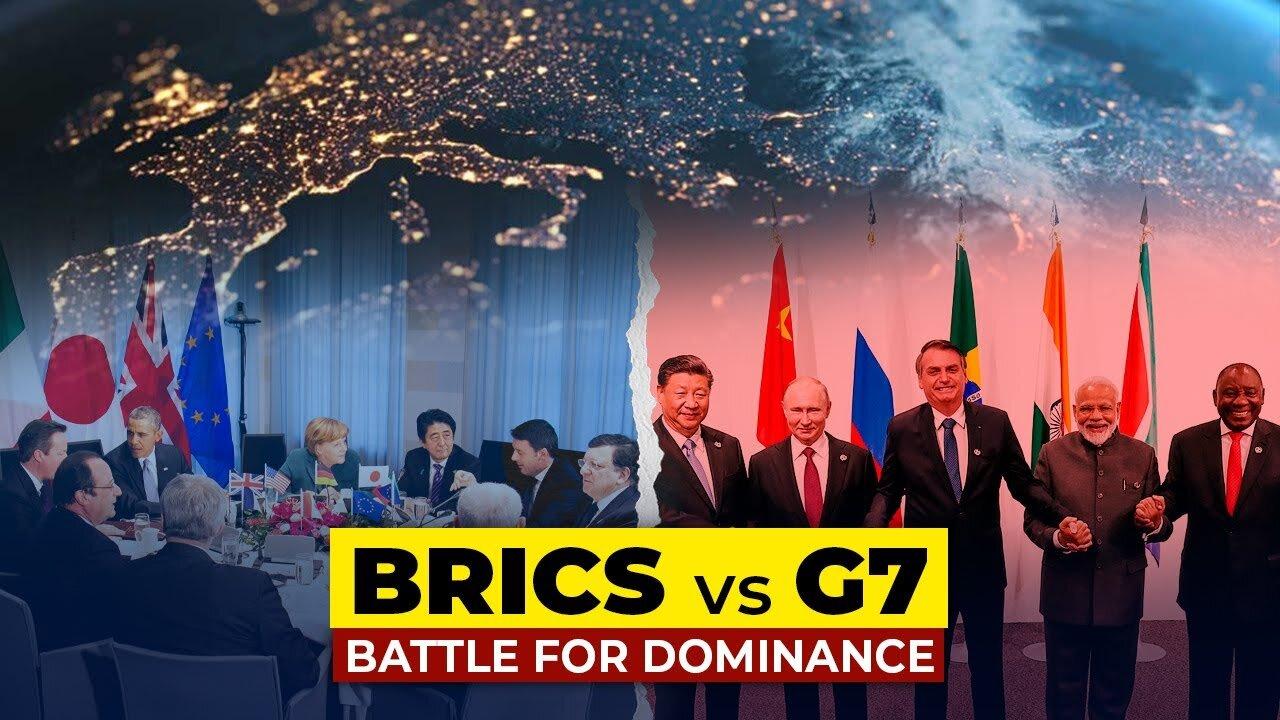
In 1975, the G7 was birthed in response to the oil crisis, later, the BRICS alliance emerged in 2009 amidst the Great Recession.
With BRICS surpassing the G7's global GDP contribution, tensions rise around topics like the proposed new BRICS currency and Putin's attendance.
According to "BRICS: An Anti-Capitalist Critique" by Patrick Bond and Ana Garcia, BRICS challenges traditional Western powers, particularly in global institutions.
Data from countercurrents.org confirms the rising economic might of BRICS.
Despite BRICS's higher growth rates, G7 nations remain dominant in nominal GDP and enjoy a higher per capita GDP, advanced industrialization, infrastructure, and technological competitiveness.
Yet, BRICS showcases potential strengths like a younger demographic and investments in innovation.
Both blocs face challenges: G7 grapples with environmental concerns, while BRICS sees rising carbon emissions.
This video delves deep into the disparities, strengths, and global influence of these powerhouses.
15th BRICS Summit In South Africa.
Like, comment, and subscribe for more in-depth coverage of global economies and geopolitics.
Watch the complete video and do not forget to visit our channel for more interesting videos.
